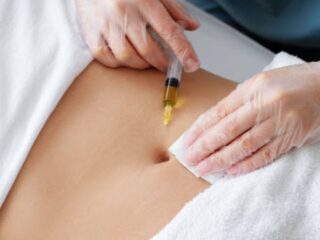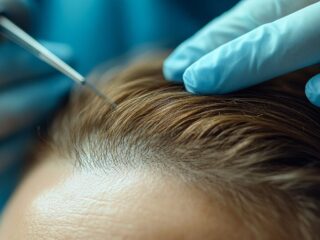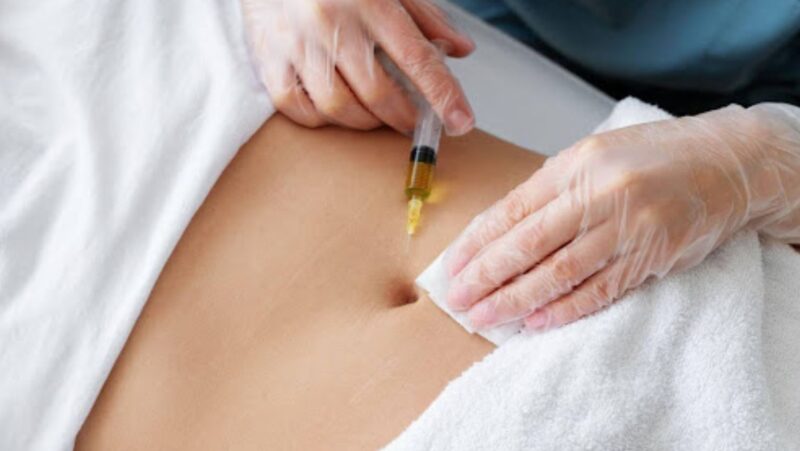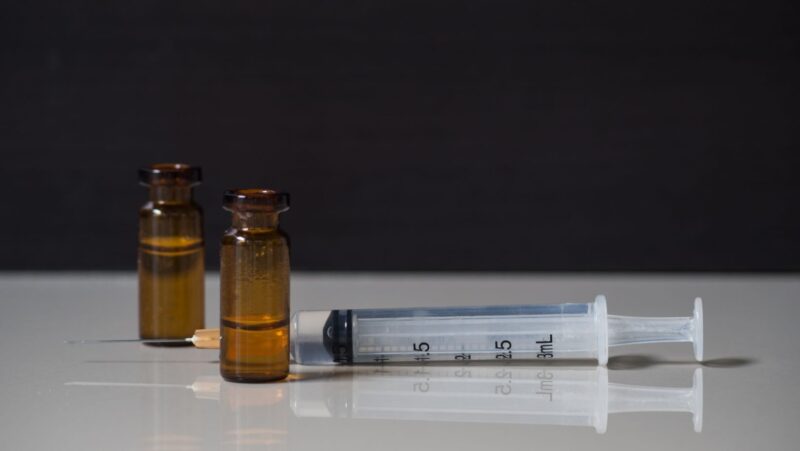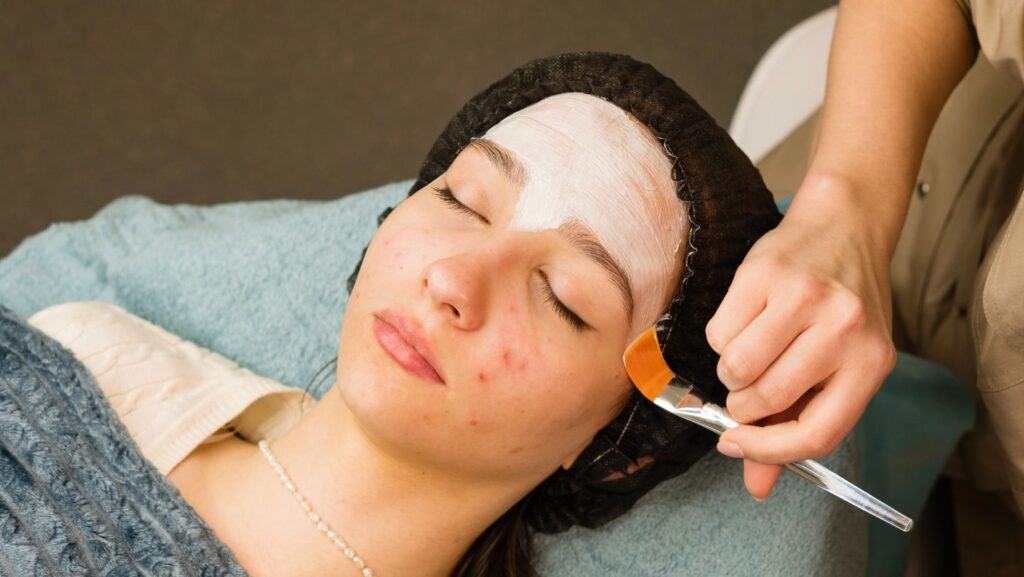
Acne is a pervasive skin condition that affects individuals across various age groups, often leading to physical discomfort and emotional distress. Traditional treatments, while effective for some, can cause side effects like dryness, irritation, and increased sensitivity. In recent years, red light therapy (RLT) has emerged as a promising, non-invasive alternative for acne management.
For those seeking a natural and evidence-based solution, exploring red light therapy for acne offers a compelling option. This therapy utilizes specific wavelengths of light to target the underlying causes of acne, promoting skin health without the harsh side effects associated with some conventional treatments.
Understanding How Red Light Therapy Works
Red light therapy operates on the principle of photobiomodulation, where specific wavelengths of light penetrate the skin to influence cellular activity. Typically, red light in the range of 620–700 nanometers is used to:
- Reduce Inflammation: By modulating inflammatory pathways, RLT can decrease the redness and swelling associated with acne lesions.
- Enhance Cellular Repair: The therapy stimulates mitochondrial activity, leading to increased ATP production, which fuels cellular repair and regeneration.
- Regulate Sebum Production: RLT may help balance oil production, reducing the likelihood of pore clogging.
A study published in the Journal of the American Academy of Dermatology found that low-level red light therapy significantly reduced total acne lesion counts over a 12-week period, with participants also reporting improvements in overall skin appearance.
Clinical Evidence Supporting Red Light Therapy for Acne
Multiple studies have investigated the efficacy of red light therapy in acne treatment:

- A 2024 study led by Woo K. demonstrated that red light therapy reduced inflammatory acne lesions by 46% over an 8-week period.
- Research published in Photobiomodulation, Photomedicine, and Laser Surgery highlighted that red light therapy, especially when combined with blue light, effectively reduced acne lesions and improved skin texture.
- A meta-analysis reviewed by the Cochrane Database concluded that photodynamic therapy with red light had a similar effect on acne lesion reduction compared to placebo treatments, emphasizing its potential as a non-invasive option.
These studies underscore the potential of red light therapy as a safe and effective modality for acne management.
Advantages Over Traditional Acne Treatments
Red light therapy offers several benefits compared to conventional acne treatments:
- Non-Invasive: Unlike topical retinoids or systemic medications, RLT does not involve the application of chemicals or ingestion of drugs.
- Minimal Side Effects: Users typically experience little to no adverse effects, making it suitable for individuals with sensitive skin.
- No Downtime: Treatments are quick and painless, allowing individuals to resume daily activities immediately.
- Complementary Use: RLT can be used alongside other treatments, potentially enhancing overall efficacy.
Given these advantages, incorporating red light therapy for acne into one’s skincare regimen can be a valuable step toward achieving clearer skin.
Implementing Red Light Therapy at Home
Advancements in technology have made it feasible to perform red light therapy at home using FDA-cleared devices. When selecting a device, consider the following:
- Wavelength: Ensure the device emits light in the therapeutic range of 620–700 nm.
- Intensity: Adequate power output is necessary for effective treatment.
- Treatment Area: Choose a device that covers the desired skin area efficiently.
For optimal results, it’s recommended to use the device consistently, typically several times a week, following the manufacturer’s guidelines. Always consult with a healthcare professional before starting any new treatment, especially if you have underlying health conditions.
Who Can Benefit from Red Light Therapy?
Red light therapy is suitable for a wide range of individuals, including:

- Adolescents and Adults: Those experiencing hormonal acne or persistent breakouts.
- Sensitive Skin Types: Individuals who cannot tolerate harsh topical treatments.
- Post-Inflammatory Hyperpigmentation: RLT may aid in reducing discoloration following acne lesions.
- Preventative Care: People looking to maintain clear skin and prevent future breakouts.
By addressing inflammation and promoting skin healing, red light therapy serves as a versatile tool in acne management.
Final Thoughts
Red light therapy presents a promising avenue for those seeking a gentle, non-invasive approach to acne treatment. Backed by scientific research and clinical studies, it offers a viable alternative or complement to traditional therapies. For individuals interested in exploring this option, red light therapy for acne provides access to quality devices designed for at-home use.
Embracing red light therapy could be the key to achieving clearer, healthier skin without the drawbacks associated with some conventional treatments.

